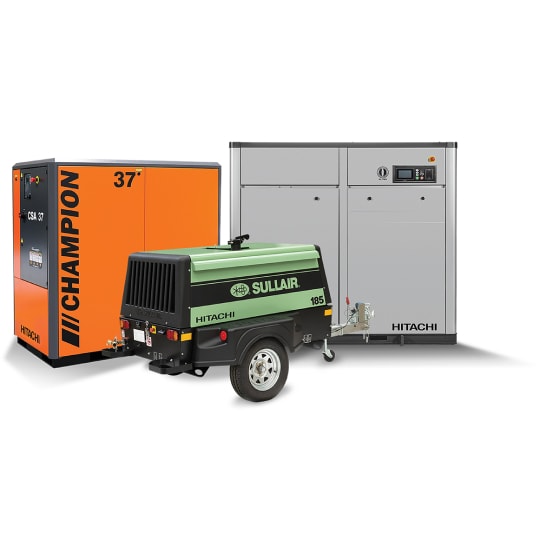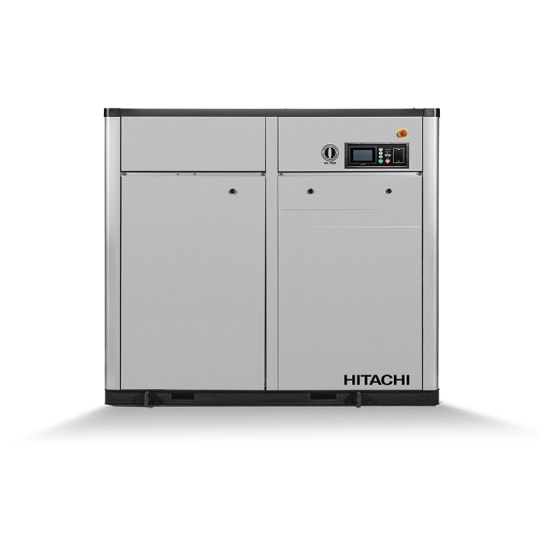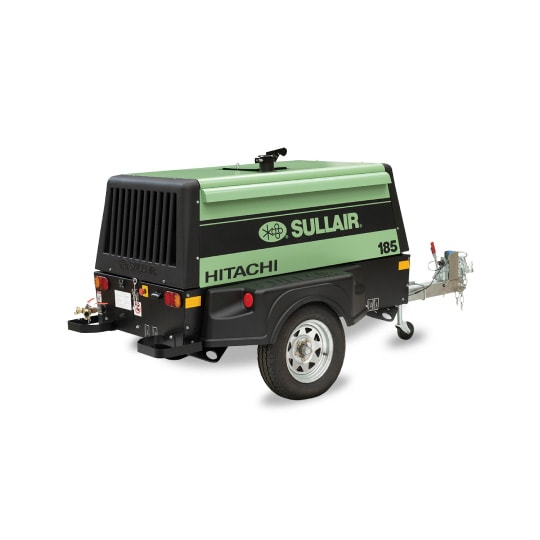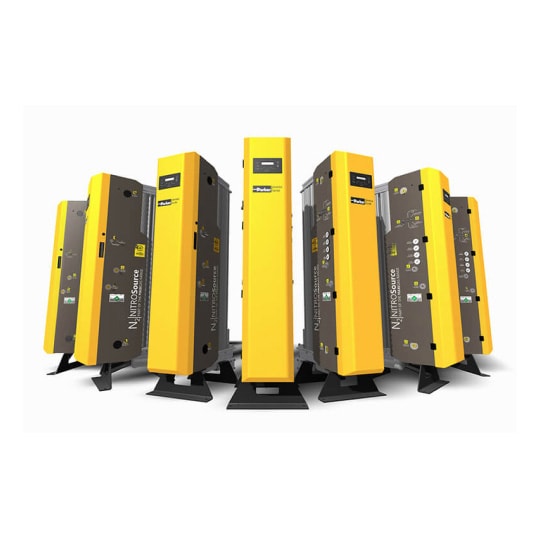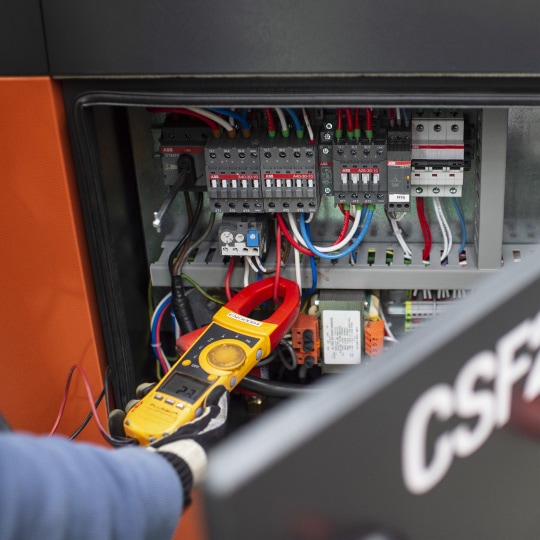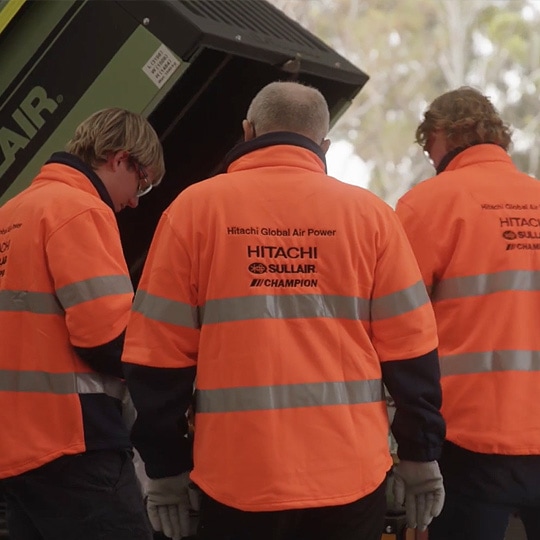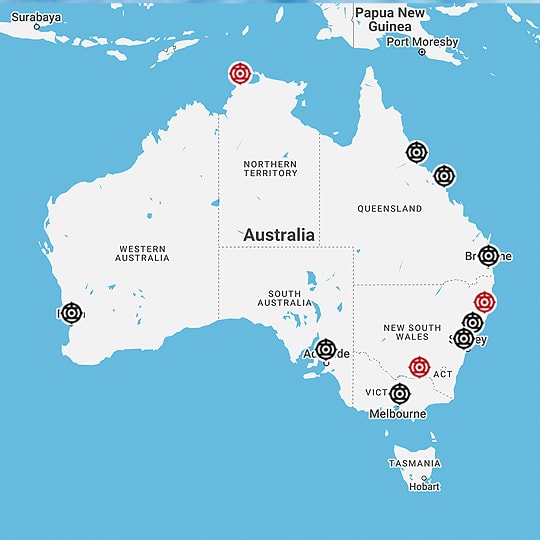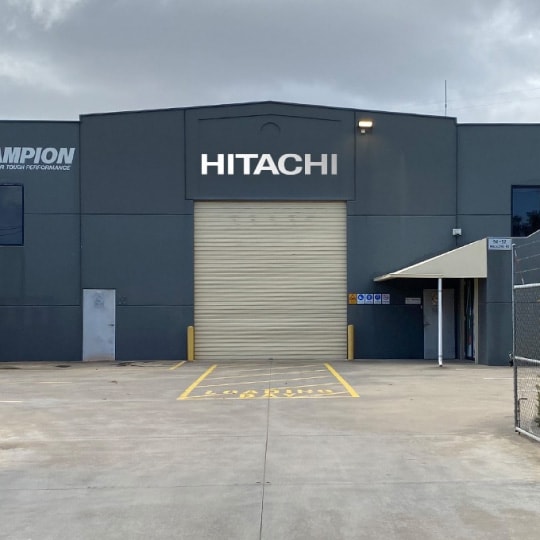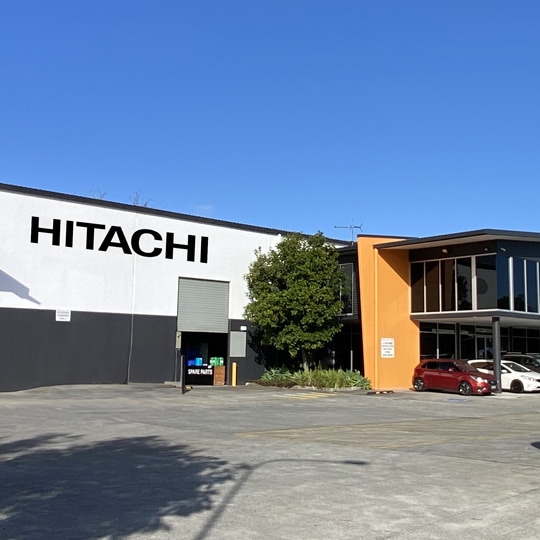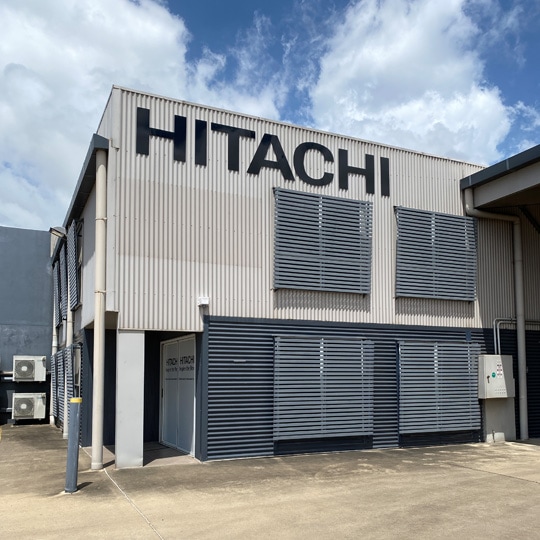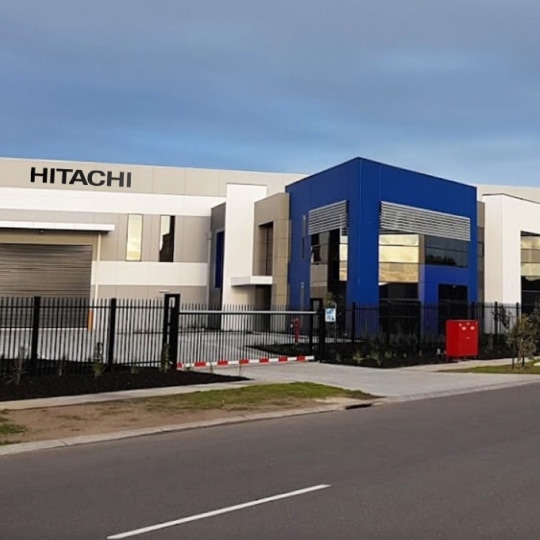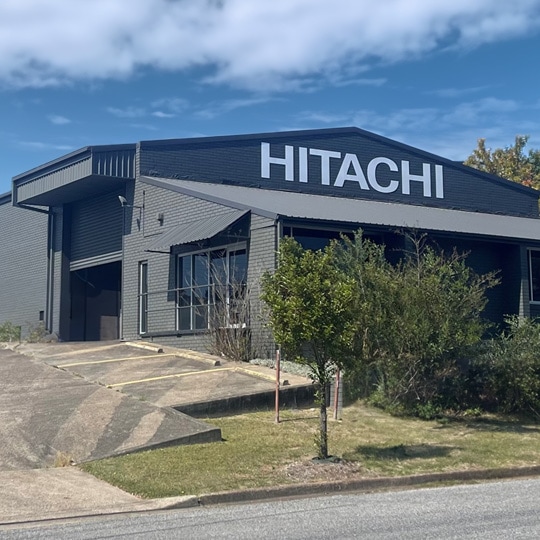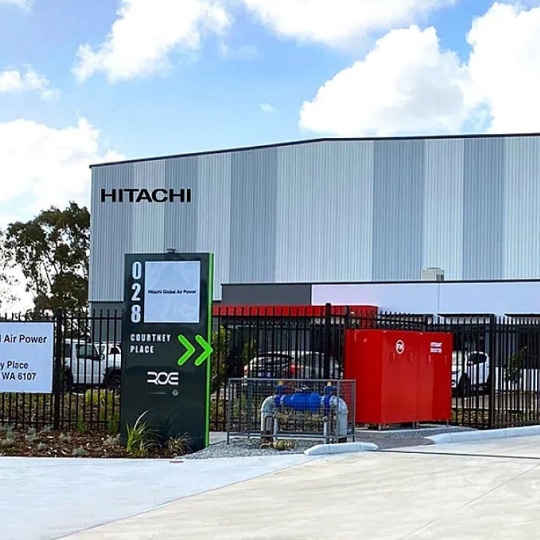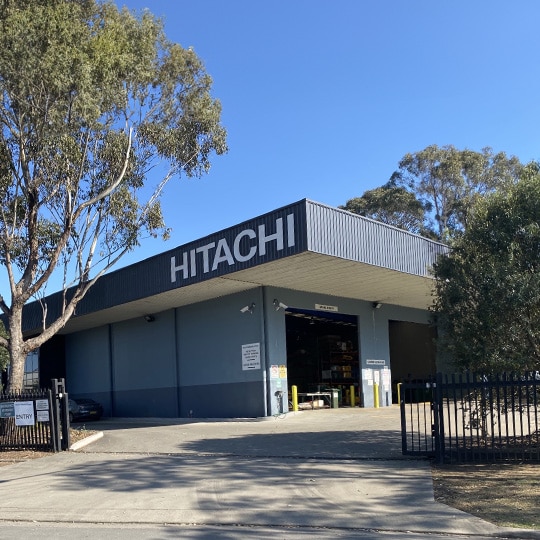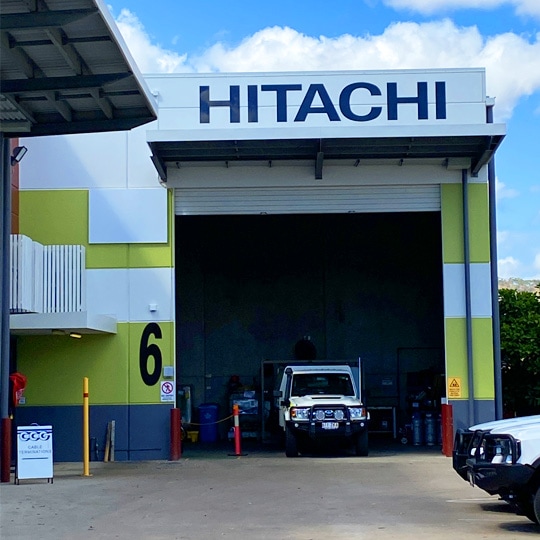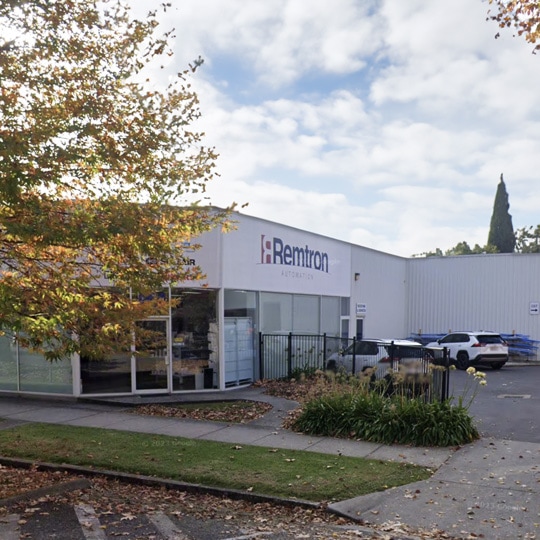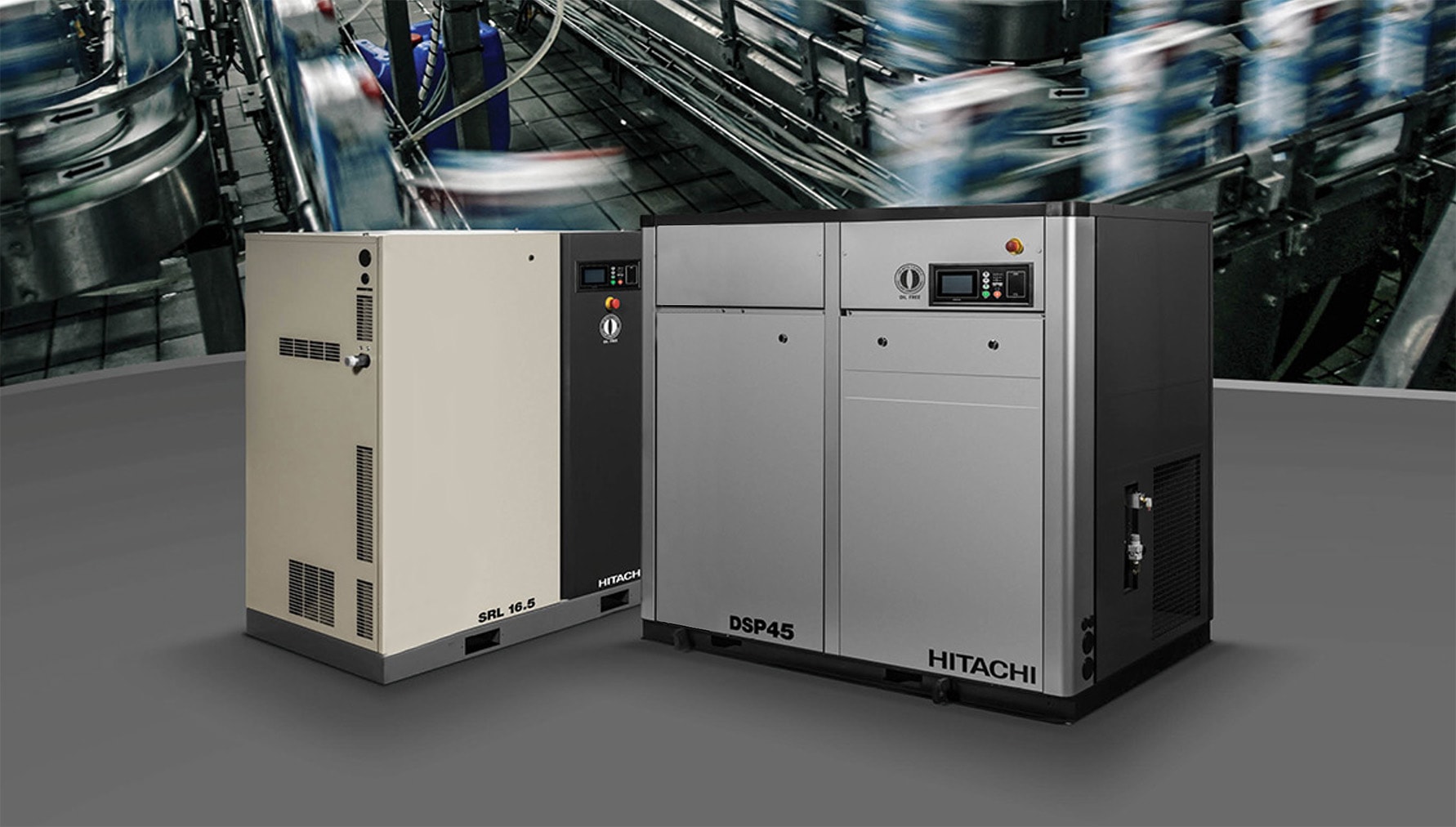
By Camilo Villalobos, Stephanie Roberts and Hitachi Global Air Power Australia
Many terms are thrown around in the oil free rotary screw air compressor space: oil free, Class 1, ‘technically oil free’, Class 0, Certified Class 0 and so on. While they may sound similar, many differences should be understood, or the consequences of the wrong solution and technology can be devastating.
Why do so many industries need oil free compressed air?
There are specific industries and applications where the purity of compressed air is critical, and the best quality of air is required. This is to reduce the risk of contamination – of the air, the end product, and of other items throughout the production process. These industries include food and beverage, pharmaceutical, automotive, medical, electronic, labs, aerospace, environmental, refineries and chemical, to name a few.
Oil free air is critical in these industries because even the slightest amount of oil as a contaminant can have damaging effects – think contaminating the end product, damaging production equipment, causing downtime or damaging your brand’s reputation due to the low quality of the end product, or product rejections.
What are the classes of oil free air?
The contaminants allowed by Class are outlined by the International Organisation for Standardisation (ISO) 8573-1: Air Quality Classes. Oil free applications should use Class 0 air at a minimum. Class 1 air needs to be filtered to eliminate the oil content coming from the compression process, and the filtration depends mainly on two variables that directly affect the performance of the filtration process: compressed air pressure and compressed air temperature/ambient temperature.
Class 0 air is more stringent than Class 1 (0.01 mg/m3 of oil as a contaminant). In short, the lower the Class, the lower the concentration of oil contaminant in the compressed air, and the lower the risk of other contaminants. The Hitachi SRL scroll and DSP screw oil free compressors are certified to meet the Class 0 standard (as per ISO 8573-1:2010) in terms of air quality. Class 0 is also the standard Sullair/Hitachi oil free compressors meet in our DSP Series, SRL Series, DS and Centrifugal lines.
The ISO 8573-1 standard consists of purity classes for contaminants in compressed air: particles, water, and oil. The ISO 8573-1 purity classes can be used to describe the quality of a compressed air system or to specify the required quality for a precise application. For this context, we will focus only on oil as a contaminant.
What does ISO 8573-1 Class 1 mean?
Class 1 air is achieved by using oil-flooded air compressors with in-line filtration to capture some of the oil passing downstream. For this reason, Class 1 air can be thought of as ‘technically oil free’ air. As an example, think about a 1000 cfm oil-flooded machine. It releases about 64 litres of oil downstream annually (at 30°C and 3 mg oil/m3 of carryover on the oil separator). At a minimum, three filters are needed to remove the oil, including activated carbon filtration for oil vapours – but this can be risky and precarious, as the performance of in-line oil filters decreases with the inlet temperature.
Downstream filters are specified at 68-70°F (20-21°C) of compressed air inlet temperature. This is a very precise situation. If not, filtration performance decreases exponentially at higher temperatures (see graph #2). Imagine what happens if your compressed air reaches 26°C or 37°C or more. It can easily happen, as the compressed air temperature at compressor outlet is approximately 27°F (-2.7°C) over ambient temperature. What happens is that as the temperature increases, the potential of oil going downstream significantly increases. This means oil can get into your equipment and contaminate the end product, production equipment, and the environment.
Additionally, maintenance factors should also be considered when using oil-flooded compressors with filtration to achieve Class 1 ‘technically oil free’ air. In addition to the significant risk of contamination, users should consider the work and costs associated with maintaining oil separators, in-line oil filters, oil vapour filters, and condensate treatment equipment, including:
- more frequent and often more expensive maintenance costs
- increased energy costs because the pressure drop over the filters increases
- increased risk of oil passing through the filters due to potential damage or faults on the filters. This can cause contamination and other damage to a user’s production equipment and instrumentation.
Temperature variation makes oil free Class 1 unstable and means air quality can easily jump from Class 1, or ‘technically oil free’, to Class 2, which doesn’t even qualify as oil free air!
All this being said, Class 1 is not always technically oil free because the quality/performance of filtration depends on the temperature of the compressed air. The higher the temperature, the more the compressed air quality decreases. The compressed air can jump between Class 1 and Class 2, depending on the temperature.
Even under optimum conditions and with several layers of oil removal (in-line filters), ‘technically oil free’ solutions are no longer considered best practice. This is because of the risk of instability of compressed air quality (jumping from Class 1 to Class 2 and vice versa) due to the performance of in-line filters fluctuating with temperature.
What does ISO 8573-1 Class 0 mean?
As noted above, Class 0 is more stringent than Class 1 (or 0.01 mg/m3 of oil as a contaminant). Class 0 air is a safer solution than Class 1 because it is stable, doesn’t change with temperature and doesn’t require in-line filtration to remove oil contamination coming from the compressor. As the most stringent air quality class, Class 0 ensures that a compressor discharges compressed air free of oil aerosols, oil vapours, or oil liquids coming from the compressor. Class 0 oil free compressors help eliminate potential contamination as no oil or lubricant is introduced into the air compression process.
Although Class 0 oil free air compressors may have a higher upfront cost, the costs outweigh the risks. Class 0 compressors are much safer for sensitive applications, such as food and beverage, pharmaceutical, electronics and medical. Class 0 certification lowers the risk of air contamination that can result in damaged products and significant losses in revenue, customer trust and tarnishing your brand. No one can put a price on that.
Are you using the class of air you need?
A lot is on the line each day—the trust of your customers, your daily productions, downstream equipment, risk of downtime and your brand’s reputation. The stakes are too high to cut corners on your compressed air system. Using ISO 8573-1 certified Class 0 oil free air compressors helps improve your business operations and profitability by reducing your risks.
Our oil free specialists always take on an advisory role to support the customer with insights into best practices while assisting them in making choices around the best equipment for their needs. New clients are advised to choose oil free, for the sake of best practice, while existing customers are supported to upgrade if and when they feel the need arise. Some food and beverage manufacturers are already taking the initiative to switch to oil-free, even though Australia and New Zealand regulations don’t yet demand it of them. This may seem overly cautious to some, but there is a sense that proactively making the change to oil free will build in high levels of trust from their consumers and reduce everyone’s risk by design. After all, the easiest way to avoid oil contamination risk is to remove oil entirely.
Interested in finding out more?
To learn more about Hitachi Global Air Power’s oil-free solutions, call us today on 1300 266 773 or contact us here.
